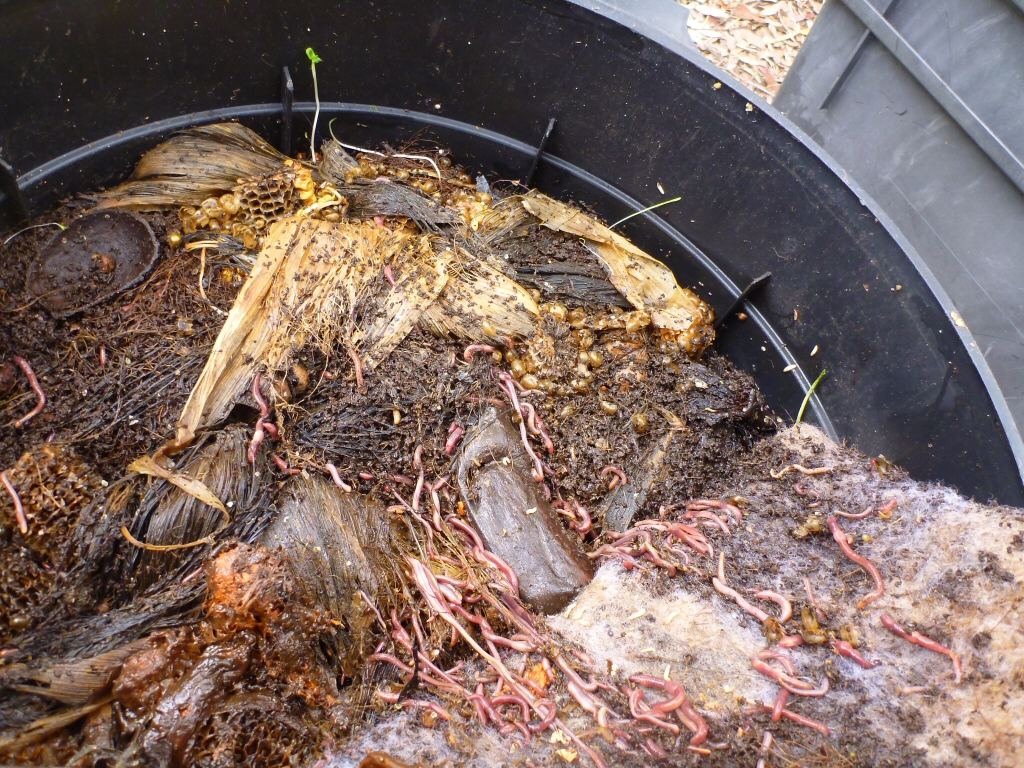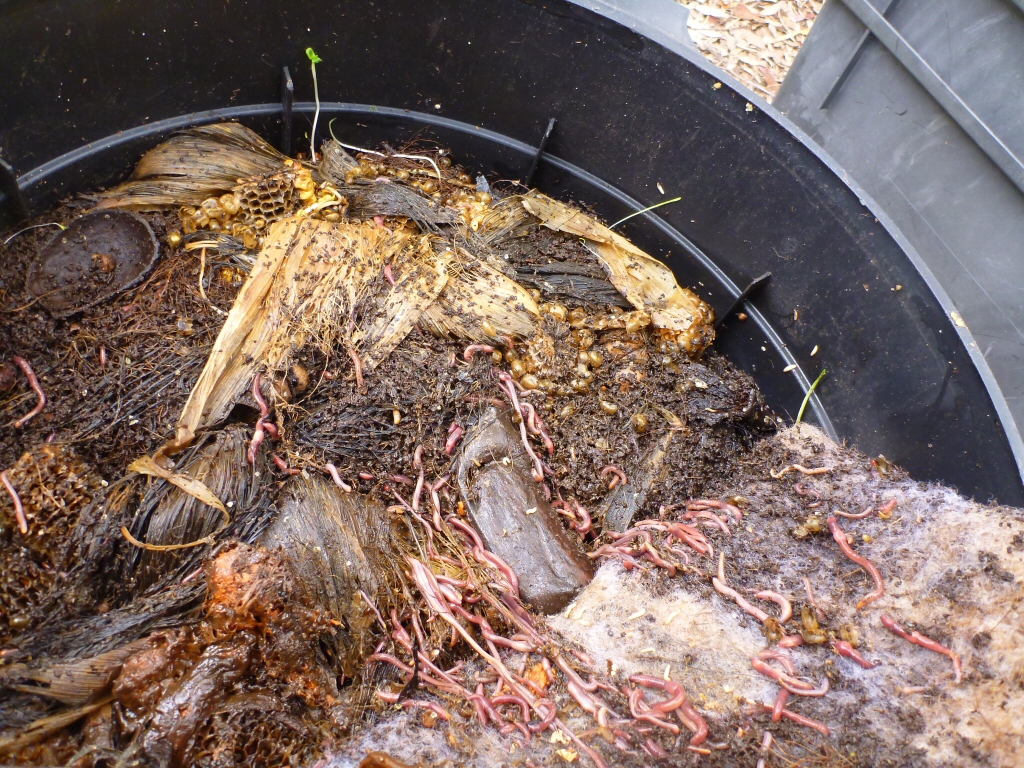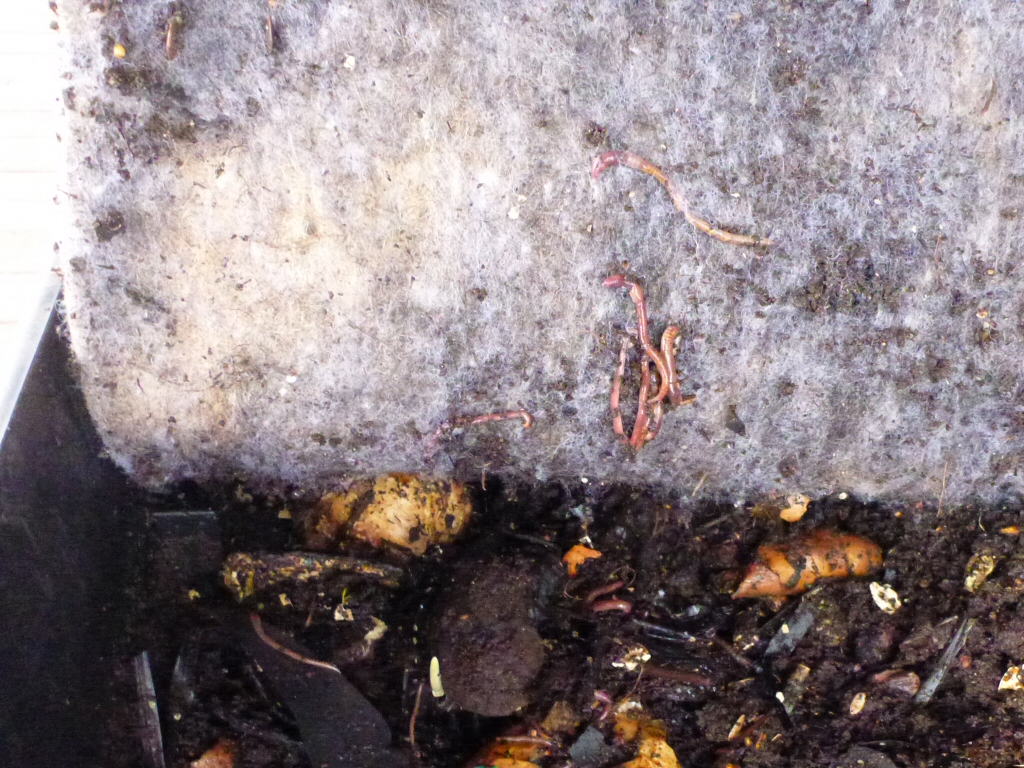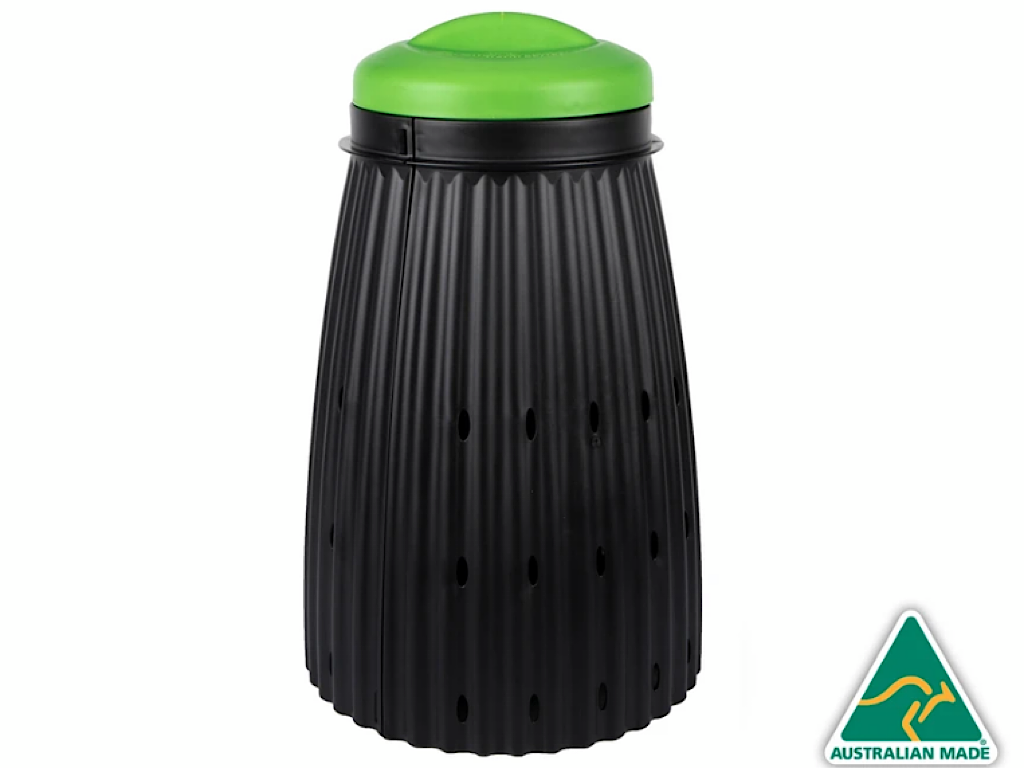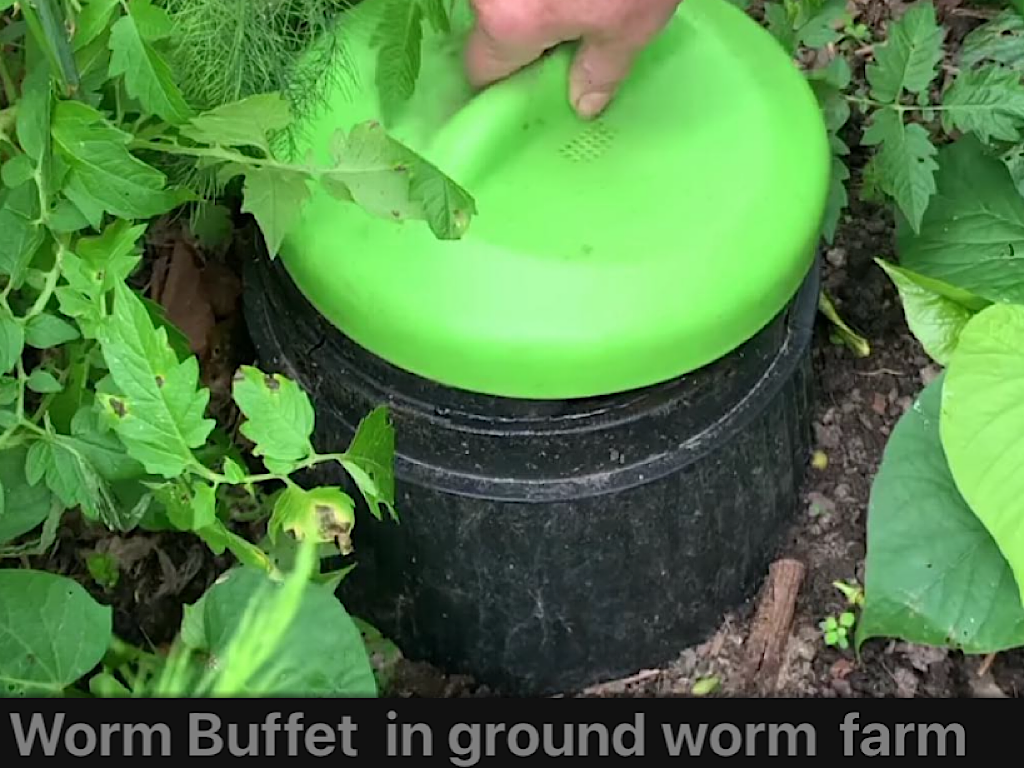Keeping your worm farm at the optimum temperature
Summer is a time for composters to get busy as microbial activity is at its peak then. After twenty years of running a worm farm at home I can honestly say it is one of the easiest ways to compost your kitchen scraps at any time of year. The worms are very good at looking after themselves, even if left to their own devices for several weeks at a time they will happily survive and then thrive once you are back to feed them again.
However, I did have one incident early in my worm farming (vermiculture) career many years ago where I lost all my worms in a single day when the temperature over the 40 degrees C (104 F) mark on a blistering summer’s day. Unfortunately, the worm farm was in direct sunlight that day and as the worm farm is black in colour, it absorbed the maximum amount of heat and it got way too hot for the poor worms inside. Sadly, I had to start again and bring in a whole new population of worms to start again. It was a very sad thing to have to clean out so many dead worms.
Having learnt a lesson from my one and only disaster as a worm farmer, I can suggest the following precautions to help your worms keep their cool.
- Keep your worm farm in a shady spot in the garden. Under a tree or in a well ventilated shed are probably the best options. You could also keep it in an indoor spot that does not get too hot in summer , or too cold in winter. A garage, garden shed or laundry can all provide a good home.
- If you have advanced warning of a heat wave, drape some hessian (or perhaps an old beach towel) over the worm farm and keep it moist with a sprinkler or dripper. As moisture evaporates from the hessian it will cool the worm farm in a similar principle to that great Australian invention, the ‘Coolgardie safe’.
- Paint your worm farm a lighter colour (or cover the farm with a light coloured material like an old bed sheet) so it reflects more heat. This can be a fun project for the kids as they can use their imagination to create their own unique worm farm.
- Some people leave the lid off in hot weather, but this can lead to drying out of your worm farm, and for pests like rats and mice to invade, so I don’t recommend it.
- A frozen bottle of water or two can be placed on the top of your worm blanket. It will gradually thaw and cool the worms. You can leave the top of the bottle off and the thawing water will drip through the farm.
- Freeze your vegie scraps and then add them to the worm farm…..the freezing will do double duty by breaking down the cell walls in the vegetable matter too, once thawed the worms will be able to process it faster- win win!
- Use a worm blanket on top of the worm bed. This helps to create a cooler and moist insulating layer for the worms. Pull up one side of the worm blanket to add your scraps. A thick layer of plain brown corrugated cardboard can be used, but be sure to soak it well in water before you layer it on. It will eventually rot down and become worm food too. You can also use an old cotton towel, sheet or woolen material folded to size. But the best option is a commercially available worm blanket, woven from a thick layer of jute fibre. You can buy them from nurseries or hardware stores.
The other alternative to keeping your worm farm cool is to get an in ground worm farm. Burying it in the soil will keep your wriggly friends at a nice even temperature. Read more about in ground worm farms to learn how to do it >>>>
For lots of information on home growing vegies, worm farming and lots more, check out the book
“Grow Your Own”….buy it here>>>>

